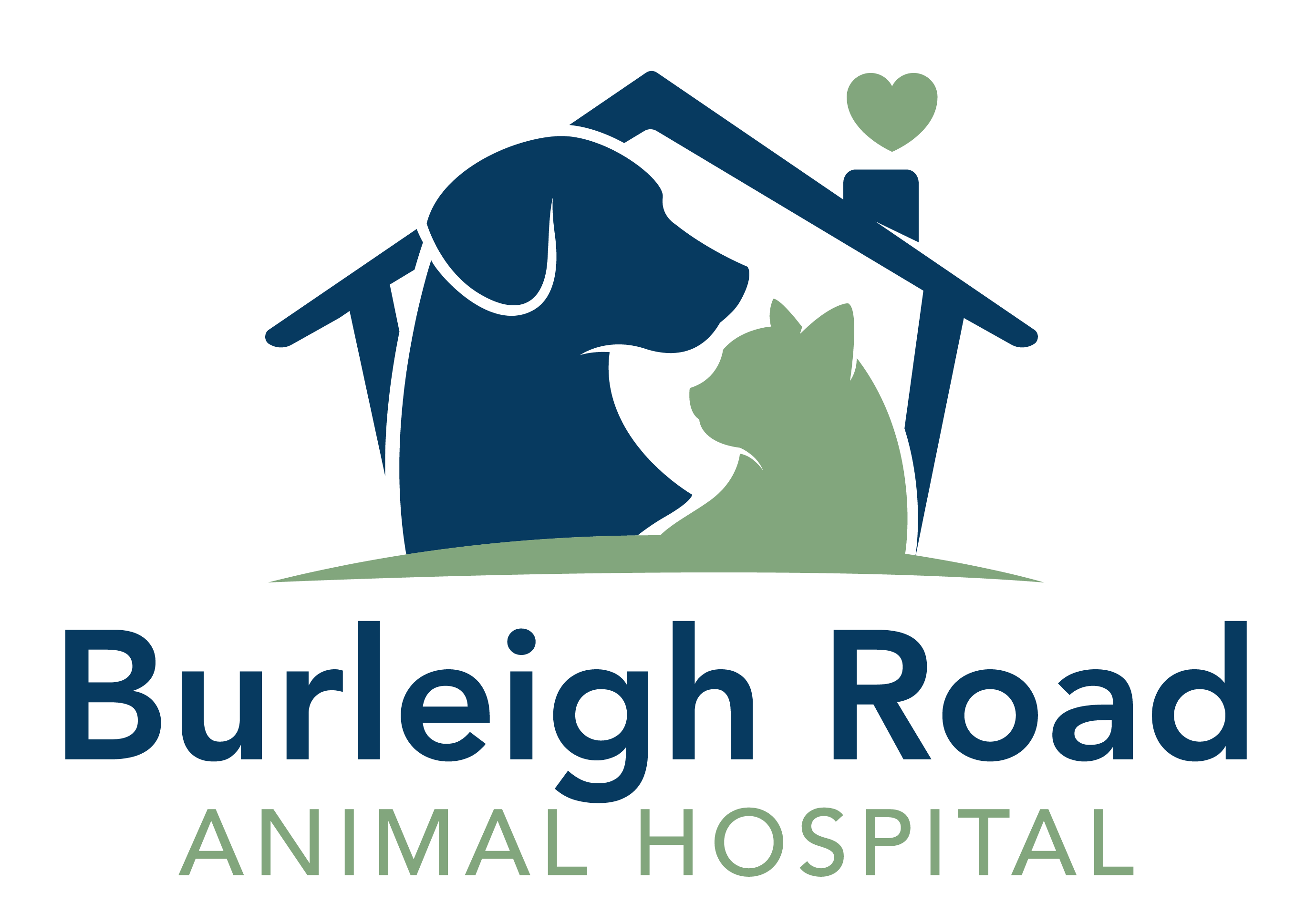Library
-
Cheerful and highly active, Norwegian Buhunds form strong bonds with their families, and they love to snuggle and give kisses. They need plenty of exercise and stimulation, and love to play.
-
The Norwegian Elkhound may look threatening, but he can be a sweetie-pie to his people. Threaten those people, however, and this medium-sized, ancient Nordic breed is fully capable of acting as intimidating as he looks.
-
Lundehunds are very loving and playful; they form strong bonds, and prefer their own family to any other people. They are also curious and intelligent so they need plenty of engaging toys, and do well at agility training.
-
You wanna make something of it? The tiny Norwich Terrier does! This scrappy, feisty, but totally adorable little wire-haired terrier with the prick ears has courage ten times his size. At home, he is all play and mischief, with a great sense of humor and an independent streak that can make training a challenge, but terrier lovers cannot resist his classic terrier attitude.
-
Nose Bleeds (Epistaxis) in cats can be extremely unsettling for the pet owner. Most acute (sudden) nosebleeds are caused by simple trauma or by upper respiratory tract infections. This handout discusses nosebleeds in cats, the various causes of this condition, first aid recommendations and possible testing to find the root cause of the problem.
-
Nose Bleeds (Epistaxis) in dogs can be extremely unsettling for the pet owner. Most acute (sudden) nosebleeds are caused by simple trauma or by upper respiratory tract infections. This handout discusses nosebleeds in dogs, the various causes of this condition, first aid recommendations and possible testing to find the root cause of the problem.
-
The Nova Scotia Duck Tolling Retriever, affectionately called a Toller by her fans, is a recent addition to American Kennel Club activities. A high-energy dog, the are affectionate and outgoing.
-
Nonsteroidal anti-inflammatory drugs (NSAIDs) are most often used to reduce pain, inflammation, and fever, much like how ibuprofen and naproxen are used by humans. In pets, they are most used around surgical procedures, after injury, or to help manage chronic pain such as that of osteoarthritis. Risks and potential side effects are discussed.
-
While sick birds can occasionally be treated by their owners at home, any bird showing signs of illness should be examined by a veterinarian. Birds that are gravely ill require hospitalization; those that are mildly ill may be treated by their owners under their veterinarian's direction. Medication must be administered as directed. Most pets recover faster when kept at the upper end of their normal environmental temperature and kept on a normal day/light cycle. Sick pets need extra calories to recover, and cage rest is often best while the bird is recuperating. A sick bird should be isolated from other pets, preferably in a separate room. While not often the case, some bird diseases can be transmitted to owners.
-
The term 'nutraceutical' was coined to represent compounds found in food and herbs that are not technically considered nutrients, such as vitamins or minerals, but may have a profoundly beneficial impact on the health of the body. Common examples of nutraceuticals include glucosamine, which is used in the treatment of arthritic conditions for both dogs and cats, and antioxidant compounds, that help in the prevention of cancer.


